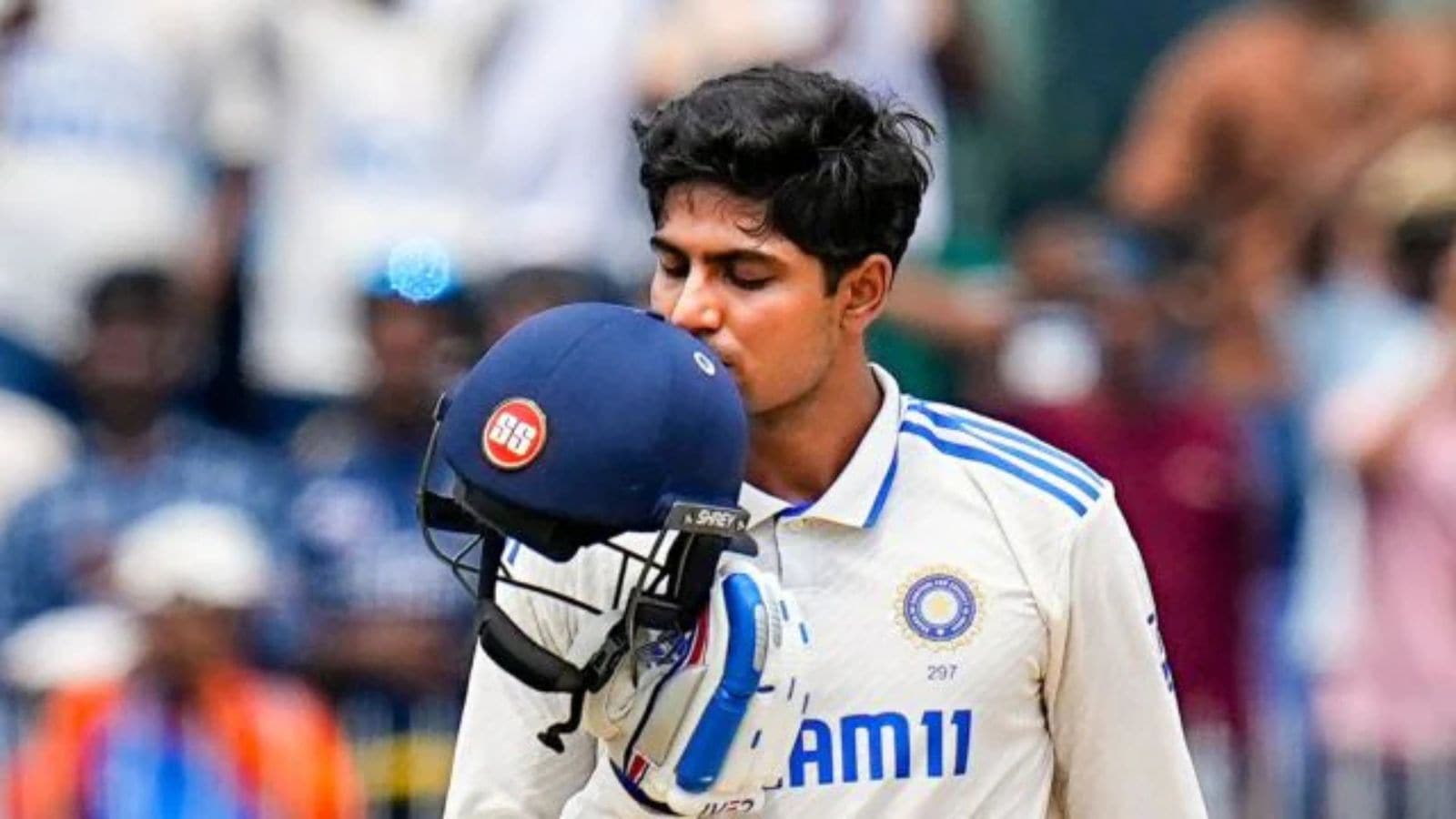 |
|
The Ranji Trophy, India's premier domestic cricket tournament, witnessed a mixed bag of performances from prominent Test players. While Shubman Gill's valiant century against Karnataka stole the show, it wasn't enough to prevent a crushing defeat for his Punjab team. His innings, a testament to his resilience and determination, stood in stark contrast to the overall struggles of other established Indian Test cricketers who featured in the matches. Gill's knock showcased a newfound tenacity, directly countering previous criticisms of his lack of application and limited ball-facing ability in previous international matches, particularly during the challenging tour of Australia. His approach, marked by calculated risks and a strategic adaptation to the conditions, highlighted a significant improvement in his game.
Gill's century, his first first-class hundred since the Chennai Test against Bangladesh, was a beacon of hope in an otherwise disappointing outing for Punjab. Facing a massive deficit of 425 runs, he battled valiantly for 171 balls, delaying the inevitable but ultimately unable to prevent an innings and 207-run defeat. He demonstrated remarkable patience in the early stages of his innings, meticulously accumulating his first fifty runs in 119 balls, a stark contrast to his previous criticism for impatient play, particularly against spin. His astute response to Karnataka's skillful seamers—employing unconventional tactics such as stepping outside the crease and advancing down the wicket—further underlined his evolving maturity and tactical prowess. He later accelerated his scoring rate, smashing 50 runs off only 40 balls and ultimately falling short of his potential contributions by two runs, which would have boosted the total of Punjab.
The contrasting performances of other Test players highlighted the challenges of transitioning from international cricket to the domestic circuit. Ravindra Jadeja managed a relatively modest 38 in the first innings against Delhi, while Rohit Sharma, despite his efforts as a field leader, failed to inspire Mumbai to victory against Jammu and Kashmir. Sharma's involvement and proactive leadership in the field, characterized by animated conversations with bowlers, strategic field placements, and constant encouragement, were commendable. However, his contribution with the bat remained minimal, reflecting the overall struggles of Mumbai. The defeat marked a continuation of their recent struggles, with their last win dating back to October in Kanpur. The impending ODI series against England raised questions about the availability of key players like Sharma for the final round of Ranji matches, further highlighting the complexities of managing the workload of top cricketers.
The match between Punjab and Karnataka showcased the effectiveness of a well-structured bowling attack. Karnataka's disciplined and resourceful bowling, particularly from seamers V Koushik and Yashovardhan Parantap, exposed the fragility of Punjab's batting order. Parantap's three wickets in the first session reduced Punjab to a precarious 84/6, creating an uphill battle for Gill and his teammates. While Gill and Mayank Markande's 63-run partnership temporarily stemmed the tide, Karnataka's dominance was undeniable, underscoring the importance of a cohesive and well-executed bowling strategy. The stark contrast between Gill's performance and the collective struggles of the remaining Punjab players emphasizes the individual brilliance needed to overcome a determined opposition. The match also served as a timely reminder of the challenges faced by even the most established players when transitioning between various levels of competition.
Beyond the individual performances, the Ranji Trophy matches highlighted the broader challenges facing Indian cricket. The balance between managing the workload of elite players, ensuring their participation in domestic tournaments, and prioritizing upcoming international fixtures remains a delicate act. The upcoming ODI series against England will undoubtedly influence selection decisions, potentially leading to withdrawals from the Ranji Trophy, even in its crucial final stages. This scenario presents a constant dilemma for selectors, who must carefully balance the needs of both domestic and international cricket, ensuring the overall health and development of the Indian team and providing opportunities for emerging talents while managing the workloads of the established players. The strategic choices and logistical considerations surrounding these decisions will continue to shape the future of Indian cricket and its development pathway.
Source: Ranji stars watch: Defiant Shubman Gill sparkles alone
